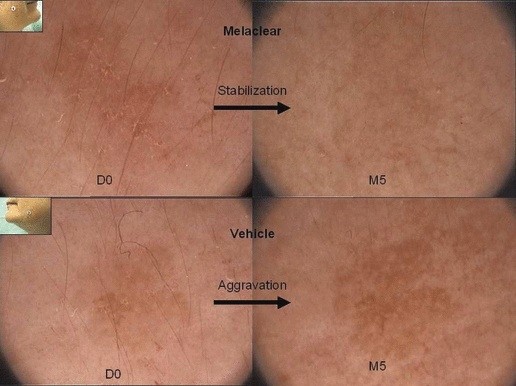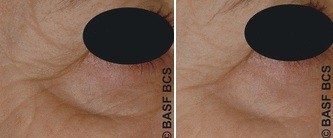Discovery of ascorbic and phytic acid benefits to reduce sun damage in early stages

Published in the Journal of Cosmetics Dermatology, the researchers found that use of the two acids, found in bran and seeds, was significantly more efficacious than a vehicle in many respects in treating solar lentigines (SL), benign signs of sun damage.
Understanding sun damage
The cause of SL is poorly understood, according to the scientists, but evidence suggests the involvement of increased melanin synthesis, distribution, and turnover.
Topical treatments for SL generally interrupt the biosynthesis of melanin through one or more of these mechanisms.
And the study states that l-ascorbic acid (10 per cent) and phytic acid (2 per cent) have been shown to act synergistically at four different levels to block the cascade of reactions leading to the formation of melanin.
Test methods
The scientists conducted a double blind, vehicle-controlled trial in 30 healthy subjects with at least two benign signs of sun damage.
Subjects were randomly assigned to apply a treatment of L-ascorbic acid 10 per cent and phytic acid 2 per cent to one side of the body, as well as another vehicle to the other side twice daily for three months with follow-up of two months.
They found that the pigmentation index for product-treated SL was reduced (maximum reduction 1.3 at three months), whilst the vehicle-treated lesions remained stable.
Further testing will be needed
Fifteen subjects were reported to have experienced 23 adverse events; six (mostly halo depigmentation) were judged possibly related to the study drug.
There were six instances of mild-to-moderate intolerance in the study drug group and five in the vehicle-treated group.
This all lead the researchers to state that future, larger studies are needed to confirm these results and to compare the product with gold-standard treatments.
Khemis, A., Cabou, J., Dubois, J. and Ortonne, J.-P. (2011), A randomized controlled study to evaluate the depigmenting activity of l-ascorbic acid plus phytic acid – serum vs. placebo on solar lentigines. Journal of Cosmetic Dermatology, 10: 266–272. doi: 10.1111/j.1473-2165.2011.00588.















